Chapter III: New World Rising: Learning to Crawl
There are those (myself among them) who will tell you that the seventies was the best time for music. Now that may or may not be true, depending on your viewpoint and also, critically, depending on whether or not you lived through that period. But what can't be denied is that this was the decade of innovation and change. So many new and varied music forms came bubbling up in the 1970s, more than I believe any before or since. Hard rock, already well established through bands like Free, Cream, The Yardbirds, The Stones and The Who, would slowly metamorphose into heavy metal, while breaking down cultural borders, the soul, funk and r&B from the black ghettoes would find its place in the mainstream, as disco began its careful takeover of the airwaves and the charts. And of course, waiting in the wings, one of the branches from the hard rock tree, progressive rock would make this time its golden period. Bands like Yes, ELP, Genesis and Camel would come forth – some of whom had already made their mark a year or two earlier, some of whom had yet to make themselves heard – melding influences like psychedelic rock, jazz, classical and folk to form what would become initially one of the most exciting forms of rock, but which would overstretch itself, become complacent and eventually more or less die a bloated corpse, choked on its own excesses and unable to move with the changing times.
Taken as a whole, the 1970s is a pivotal decade for prog. You could say, without too much fear of contradiction really, that it both rose and fell within those ten years. With a penchant for costumery and lavish stageshows, light sequences and the beginnings of multimedia, eager to tell stories instead of just write love songs or feel good songs, and a core of true, dedicated musicians, progressive rock would be seen, for a long time, as the thinking man or woman's rock, the intellectual side of heavy rock, and a welcome alternative from the fluff and nonsense of disco. Disco music was, and still more or less is, unsurprisingly, made for dancing, so there's not, to be fair, a huge amount of worth in the lyrics, generally. Prog rock was made for those who wanted to stop and think about what was being sung; concept albums ranged over such diverse topics as politics, war, space exploration and the nature of good and evil, among others. These were not throwaway lines and to be fair again, they would generally not be guaranteed to get you laid, at least not in the way a Marvin Gaye or Drifters song might. Disco, soul and funk had its own agenda and its own messages to impart, and to his credit, the aforementioned Gaye was perhaps one of the first, if not the first soul artiste to realise this and do something about it, setting something of a trend for those who followed. But prog rock had always been, from the start, about the music but especially about the lyrics. Yes, there were and would be bands who performed instrumentals, but even these were imbued with a sense of fantasy, of importance, of storytelling. Prog rock appealed to the reader, the thinker, the dreamer.
Prog rock audiences and fans were also different to disco fans in that to them, buying albums was more important than buying singles. In fact, while disco survived largely on the sale of songs that took its adherents into the heady reaches of the charts, few prog bands would even bother releasing singles. Much of this of course had to do with the fact that most prog songs were too long to be singles, with some notable exceptions, but a lot of it also had to do with the fact that the bands wrote their music – even if the album in question was not a concept – more as a suite, a collection of related songs, and to take one out of context meant the song lost something. It's easy to say prog bands didn't sell singles because nobody wanted to buy them, and to some extent yes, this is true: your proper prog fan was more interested in buying the latest Yes or Rush or Camel album than he (mostly, they would be male fans, at least for the first few years, and probably further) was in buying their single. He knew he would just buy the album once it was released, so why bother shelling out for the single? Unless it was the lead single of course.
So on the face of it, chartwise, prog bands would seem to look as if they had little or no impact on the record-buying public, or at least the single-buying ones anyway. There were some exceptions, of course: Genesis released “I know what I like (in your wardrobe)” in 1974 and it did quite well in the charts. “Wondrous stories” took Yes up into the rarefied and unfamiliar territory of the top ten, and of course “Money” was a hit for Pink Floyd, to say nothing of The Moody Blues almost hitting number one with “Nights in white satin”, although that was towards the tail-end of the sixties. But the point is, that whereas buyer of pop or disco singles would in all likelihood not go on to buy the album, any prog fan who bought a prog single either had the album or was waiting for it to buy it. Singles were not the be-all and end-all in the world of prog, and while of course record companies wanted prog bands to have hits, the overall success of their music, their growing fanbase and the rise of the popularity of prog rock through the seventies meant that their albums sold really well and to some extent there was no need for singles. Prog bands survived – even thrived – despite a lack of chart success.
:format(jpeg):mode_rgb():quality(40)/discogs-images/R-8404439-1460947082-6258.jpeg.jpg)
Another thing that prog brought to the fore was the gatefold sleeve. If the genre had been successful in focussing the attentions of its fans on the album rather than the single – or at least, the album as an entity to be enjoyed as opposed to backup tracks for the single(s), it was certainly almost responsible singlehand if not for the actual creation of the gatefold sleeve, but its elevation to an art form. Gatefold sleeves (a cover for the album that opened up, often presented with double albums, one record in each sleeve, but not always) allowed for far greater expression of creativity. Up to this, mostly, album covers had been adorned by pictures of the band or artiste, maybe some landscape or other feature, but usually nothing more. The Beatles may have been the first to have explored this new form with
Sgt Peppers, though I don't know that for certain, and I'm sure others were using gatefold sleeves before them. But as a statement of creativity, and with the rise of artists like Storm Thorgerson and Roger Dean, albums – at least, prog albums, and later many heavy metal ones too – began to “peacock out”, for want of a better phrase. Where an album would previously have had as mentioned above a photograph or drawing of the artiste, now they had far deeper aspirations. Bands like Yes, ELP and Gentle Giant would do much to advance the whole idea of album covers as art, and of course Pink Floyd and Genesis, using Thorgerson's Hypgnosis company, would create some iconic album sleeves.

But it wasn't just the art, either. Inside the cover would often be printed, in beautiful, lavish script sometimes, the lyrics to the album, and other information. The cover art might continue over to the inside, so that essentially you might have one painting, as it were, beginning on the front, going on to the inside and ending on the back. With progressive rock, art had definitely arrived for the humble album sleeve. Look at the differences between, say, Yes's first two albums and
Tales from Topographic Oceans, below, released only three years later. It's fair to say that art on album sleeves had developed, even in that short time, in leaps and bounds.

1970 is still something of an embryonic year for prog rock bands, hence the subtitle
Learning to Crawl. Although Genesis would release their first proper prog album this year, it would be largely ignored, and while Yes would get a chart placing with their second this year, it would be very much at the lower end of the scale, and little interest would be generated. Mostly, the actual prog revolution, such as it was, would only really kick into gear around 1973, with major releases from ELP, King Crimson, Yes, Genesis, Caravan and Pink Floyd. After that, almost to the end of the decade really, there would be no stopping it.



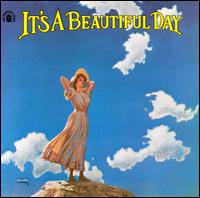





:format(jpeg):mode_rgb():quality(40)/discogs-images/R-8404439-1460947082-6258.jpeg.jpg)


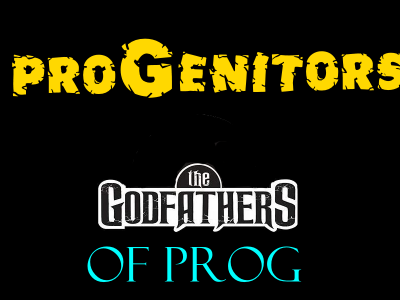
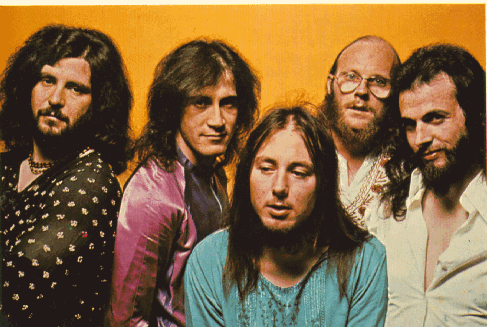



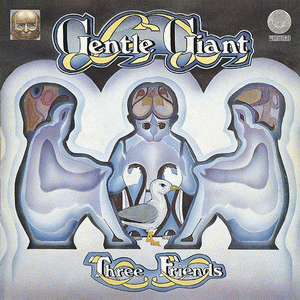


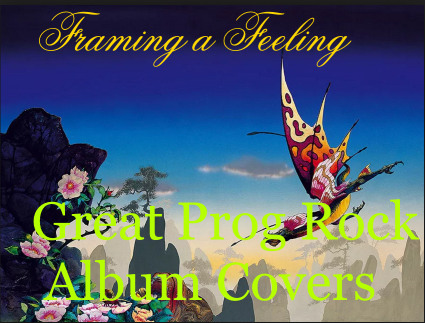

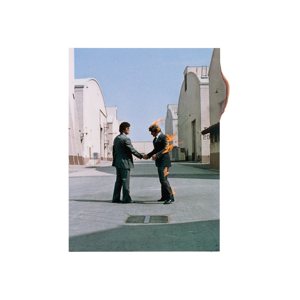






 Linear Mode
Linear Mode
